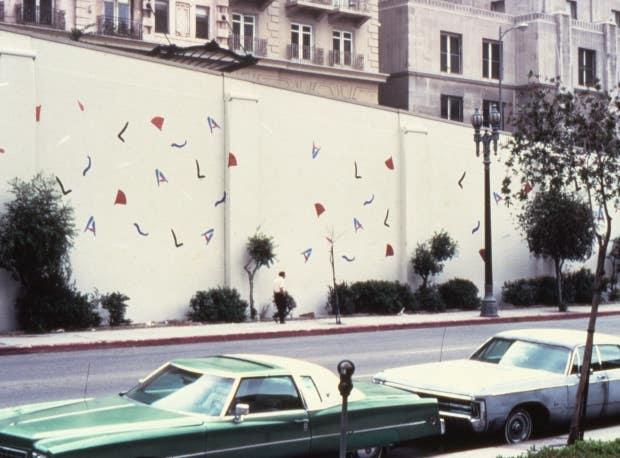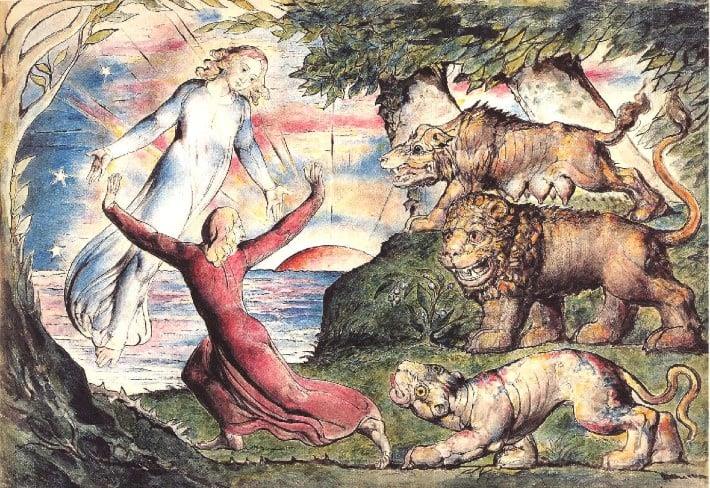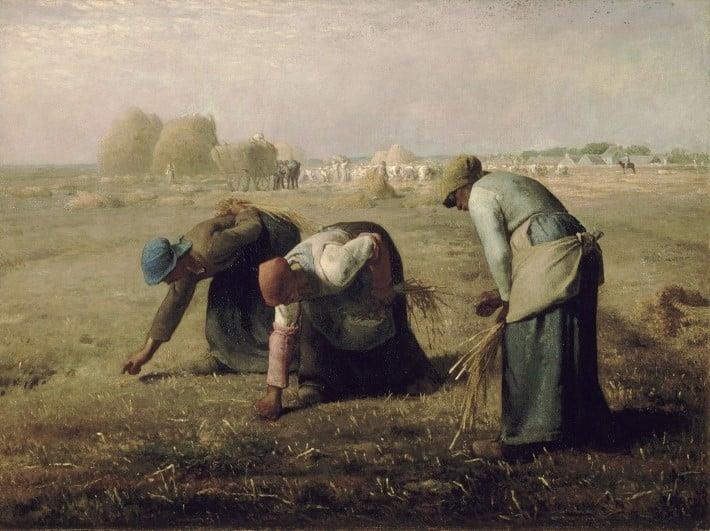(MENAFN- USA Art News)
The 19th century was a period when Europe and the world experienced rapid and profound changes in all areas. Politically and geographically, Europe was constantly in a state of constant movement. revolutions in France, the collapse of the Spanish, Holy Roman and French Napoleonic empires, as well as the growth of the British and German empires – all this had a huge impact on the development of art movements 19th century.
Art, and especially painting, was no different in the 19th century. The changes over the course of 100 years have been dramatic, moving from historical works in the style of the“Old Masters” to the dawn of modernity.
Two main characteristics distinguish 19th-century art and architecture:
the use of different historical styles; the development of new materials and structural methods.
During the 19th century, many innovative and original art movements and styles were born. Some of the art movements in the 19th century were short-lived while others were widespread and had a profound effect on the evolution of art.
Neoclassicism: c. 1780-1900
Neoclassicism was the dominant style of painting in Europe. The 19th-century art movement had developed as part of a larger decorative style that encompassed architecture, sculpture, and the decorative arts.

The Apotheosis of Homer by Jean-Auguste-Dominique Ingres, 1827. The painting shows the ancient writer Homer being crowned by a winged figure representing Victory. Other figures represented in the painting include Dante, Virgil, Raphael and Moliere. Louvre Museum, Paris. © Wikimedia Commons.
Neoclassical paintings were derived from objects of classical antiquity or included the painting of modern or newly invented compositions in the classical style. Subjects were taken from, or inspired by the Epic – poems and stories from ancient Greece and Rome.
Neoclassical painting is generally a form of history painting, a genre that crosses many styles but is dependent on the historical subject matter.
Romanticism: c. 1750-1890
Romanticism was part of a larger 19th-century art movement, including literature and architecture, as well as painting, that began in Britain in the mid-18th century.
It was not until about 1820 that this movement reached continental Europe. There it existed along with neoclassicism until the middle of the 19th century. Then both of them were finally forced out or turned into other styles.
Unlike Neoclassicism, the 19th century Romanticism art movement rejected the order and idealization that neoclassicism promoted in favor of emphasizing the emotional, personal, and creative aspects of art.
Romanticism was influenced by spiritual beliefs, popular culture, and interest in the Middle Ages that characterized some of the paintings produced during this period. Many romantic paintings have a sketchy, grainy look with a certain softness, though this is not the case for all of them.

Dante running from the Three Beasts in William Blake's Illustrations to Dante's Divine Comedy: Hell, Canto 1, 1824. © Wikimedia Commons.
Realism: c. 1850-1900
Realist-style paintings depicted scenes of everyday life, aiming to appeal to the general public rather than just targeting the upper classes. People from all walks of life, especially those from the working class, were celebrated in realism, in lifelike depictions in clear, logical compositions.
Rebelling against the dominant Romantic style, realism was concerned with depicting objects truthfully, avoiding artistic embellishments or implausible elements.

The Gleaners by Jean-Francois Millet, 1857. © Wikimedia Commons
Impressionism: c. 1870-1920
Impressionism is a stylistic trend in painting. The 19th century art movement originated in France in the 1870s and became popular throughout Europe over the next fifty years.
The forerunners of the Impressionist movement shared an interest in painting“from nature,” in the countryside, favoring landscape scenes and social situations over grandiose, overly dramatic scenes.
The key features of Impressionism are the thin, light, highly visible brushstrokes that bathe the paintings and the importance of paying attention to accurately depicting light throughout the day and night. The Impressionists also used new developments in color theory. Contrasting colors make each other more vibrant when used together.

The Bridge at Argenteuil by Claude Monet, 1874. In this painting it is clear to see the small, visible brushstrokes that make up Impressionist paintings, as well as the contrast of the yellows and blues in the water which makes use of colour theory to contrast against one another strongly. © Wikimedia Commons.